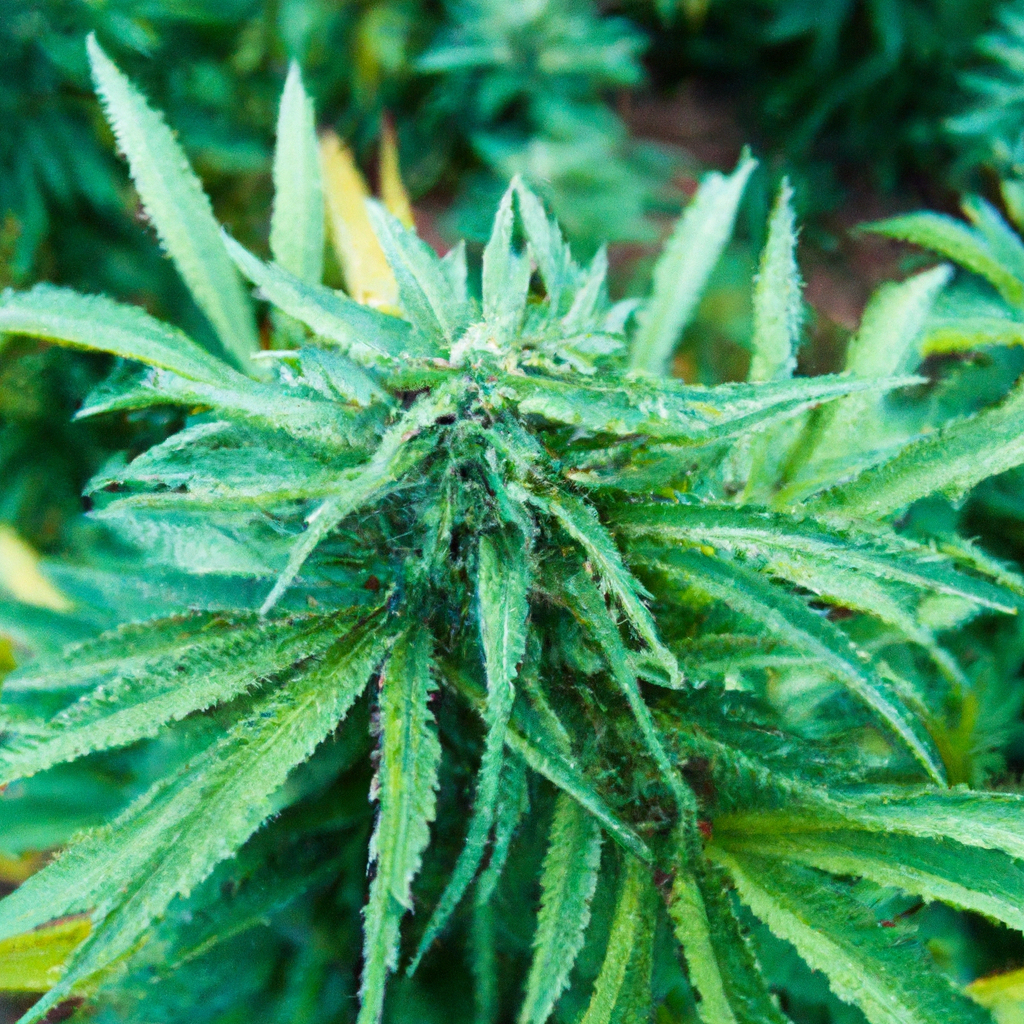By John “Magic” Greenleaf – Growing greatness, one strain at a time.
Introduction
Growing cannabis in high-altitude regions like Colorado presents unique challenges and opportunities for cultivators. The thin air and greater UV exposure can significantly impact plant growth, yet with these challenges come remarkable rewards. In this article, we’ll explore sustainable cannabis cultivation practices at high altitudes, focusing on the unique environmental conditions and how best to adapt your strategies for success.
Understanding the Climate Challenges
At higher elevations, the climate poses certain difficulties, but it also offers distinct advantages for cannabis growth. With the thinner atmosphere, UV levels are higher, which can enhance resin production and potentially improve potency. However, fluctuating temperatures and low humidity levels require careful management to prevent plant stress.
Embracing Sustainability in Cultivation
1. Water Efficiency
- Utilize drip irrigation systems to conserve water and minimize waste, crucial in arid high-altitude regions.
- Adopt organic soil mixes that retain moisture effectively, reducing water requirements by as much as 40% annually.
2. Energy Conservation
- Invest in high-efficiency LED lighting systems to reduce energy consumption by up to 25%, crucial for sustainable indoor growing.
- Incorporate light integrals into greenhouse designs to harness the natural intensity of sunlight.
3. Organic Practices
- Employ organic fertilizers and soil amendments to promote healthy soil biology, leading to more resilient plants.
- Practice companion planting with beneficial herbs to enhance pest control naturally.
Tapping into High-Altitude Advantages
UV Exposure
High-altitude UV exposure can enhance the production of terpenes and cannabinoids, leading to more potent products. Strains like “Mile High Mystique” benefit from these conditions, developing richer terpene profiles with hints of lavender and earth.
Temperature Management
Use smart environmental controls to maintain optimal conditions. Automated systems can help adapt to rapid temperature changes, ensuring a steady growing environment that supports plant health and yield.
Conclusion
Successful high-altitude cannabis cultivation hinges on understanding and adapting to the unique environmental factors of your location. By embracing sustainability in your practices and leveraging the altitude’s specific advantages, you can produce resilient, high-quality cannabis. Remember, the altitude makes us tougher—and so does our weed.
For more expert insights and grow tips, visit my blog at MagicGreenGrow.com.
Tags: Sustainable Cultivation, High-Altitude Growing, Environmental Control


Leave a Reply